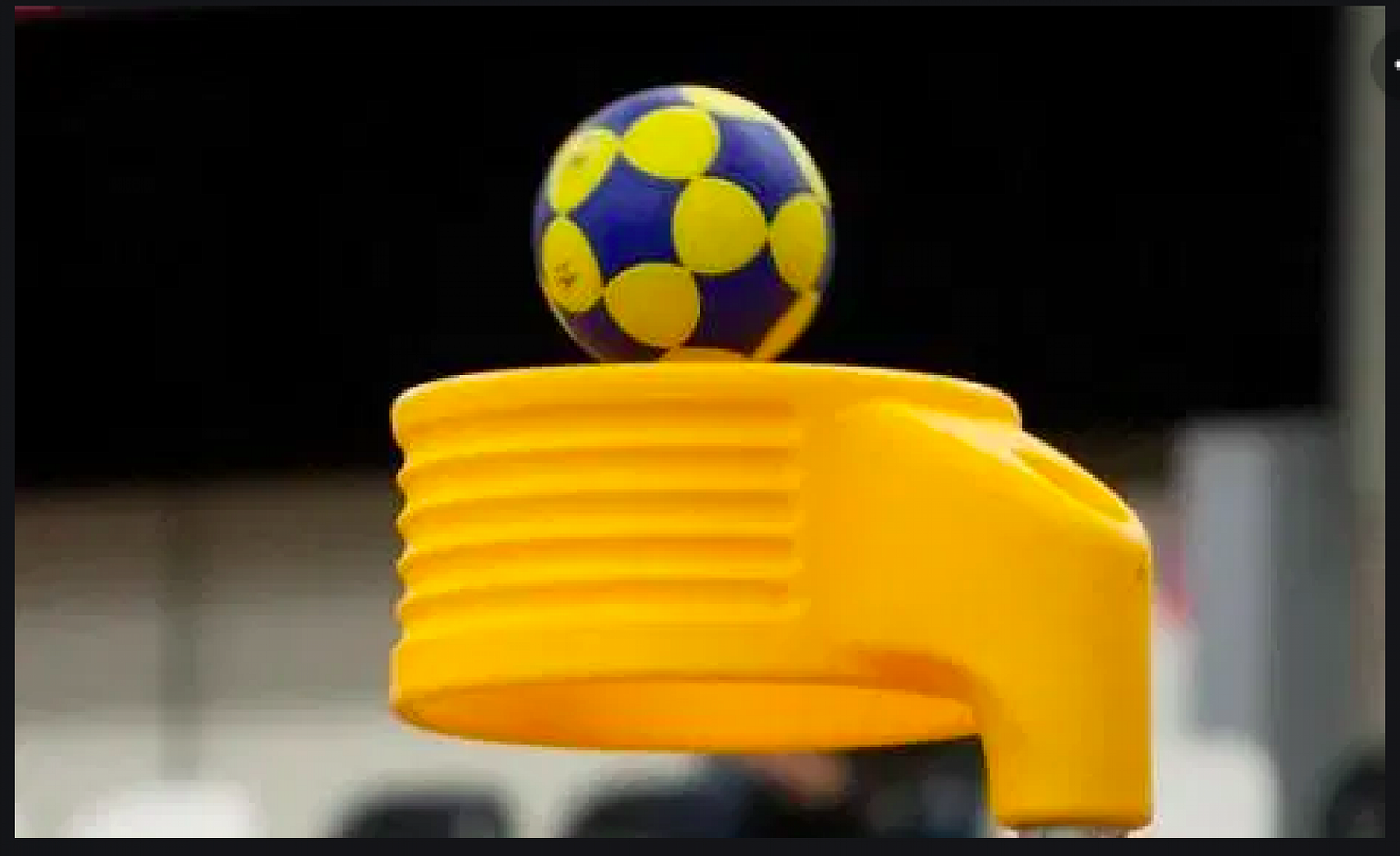Rebounding is one of the most undervalued but vital aspects of korfball. Securing a rebound can extend an attack, create second-chance scoring opportunities, or regain possession for your team. Whether you’re a beginner or an experienced player, mastering rebounding techniques will give you and your team a key edge during matches.
What is rebounding in korfball?
Rebounding in korfball refers to retrieving the ball after a shot has been attempted and missed. The team that wins the rebound can either reset their attack or initiate a counter-attack, depending on the situation.
Why is rebounding important?
Rebounding gives your team more chances to score and stops your opponents from taking control. Effective rebounding requires anticipation, strength, positioning, and teamwork. Dominating the rebound battle often makes the difference in closely contested matches.
What does good rebounding technique involve?
Timing
Jumping too early or too late reduces your chances of securing the ball. Good rebounders learn to time their jumps based on the shooter’s release.
Positioning
The ideal rebounding position is between your opponent and the korf. This puts you in front and increases your chances of collecting a missed shot.
Body control
Using your arms and body legally to protect space without fouling is essential. Keeping a strong base and low centre of gravity helps maintain balance.
Communication
Letting teammates know who is collecting and who is covering prevents confusion. Teams often assign specific rebounders before an attacking move begins.
What are the roles in rebounding?
The Collector
This is the player whose main job is to win the rebound. They usually stand just behind or to the side of the korf to anticipate the ball’s trajectory.
The Blocker
This player uses their body to keep defenders away from the korf, giving the collector space to move.
The Backup
A second rebounding option in case the first attempt is missed or challenged.
How to practise rebounding
Set up drills with multiple players shooting and one or two tasked with collecting. Vary the angles and shot distances to make rebounds unpredictable. Work on jumping technique, footwork, and anticipating ball movement.
Common rebounding mistakes to avoid
- Watching the ball instead of reacting to the shot
- Jumping too early or too late
- Failing to communicate with teammates
- Getting caught behind your opponent
When does rebounding happen in a match?
Rebounding is most common after long-range shots, contested efforts under pressure, or when the shot clock is expiring. The best teams treat rebounding as a coordinated team action, not an individual effort.
What makes a good rebounder?
Good rebounders are focused, physically strong, and willing to battle for position. They anticipate the ball’s path, read the shooter, and never give up on a loose ball. A reliable rebounder brings calm to the attack and structure to the defence.


